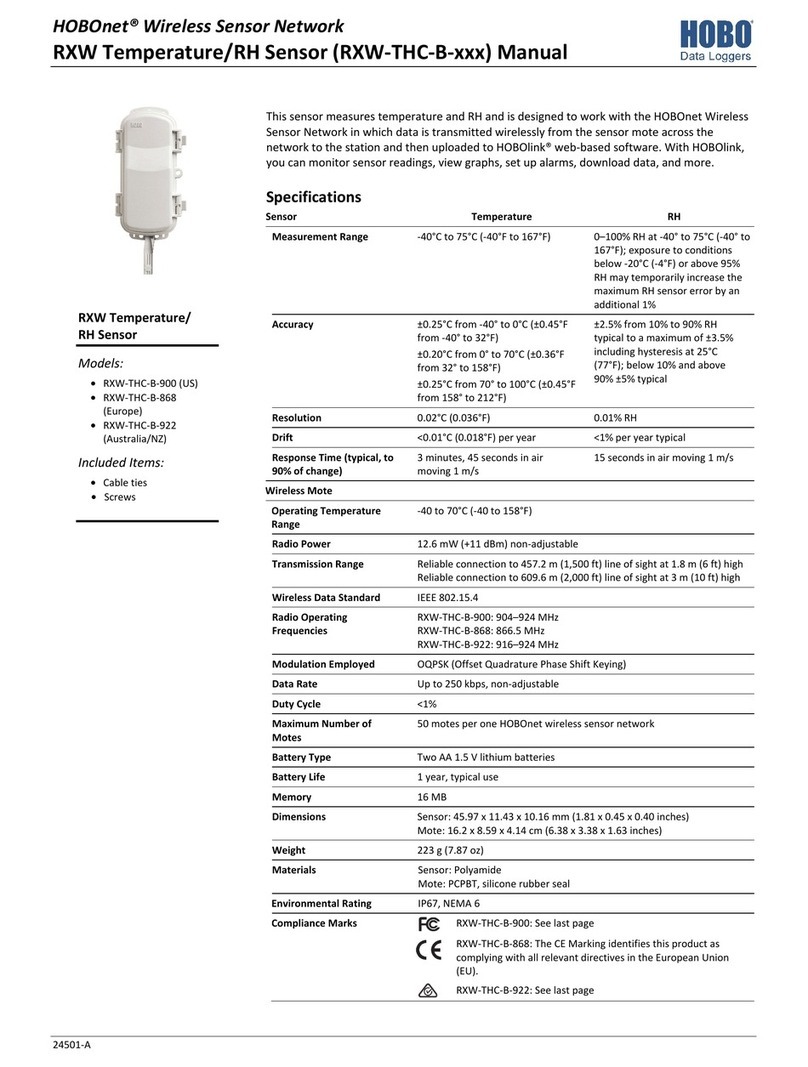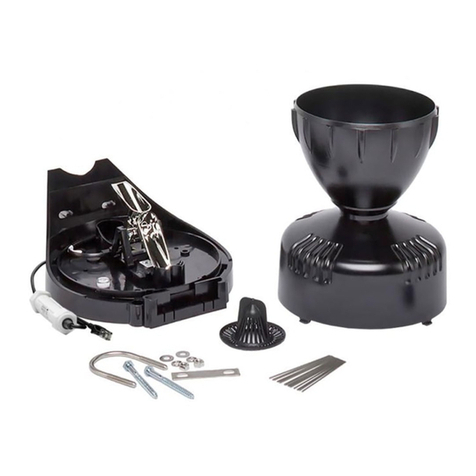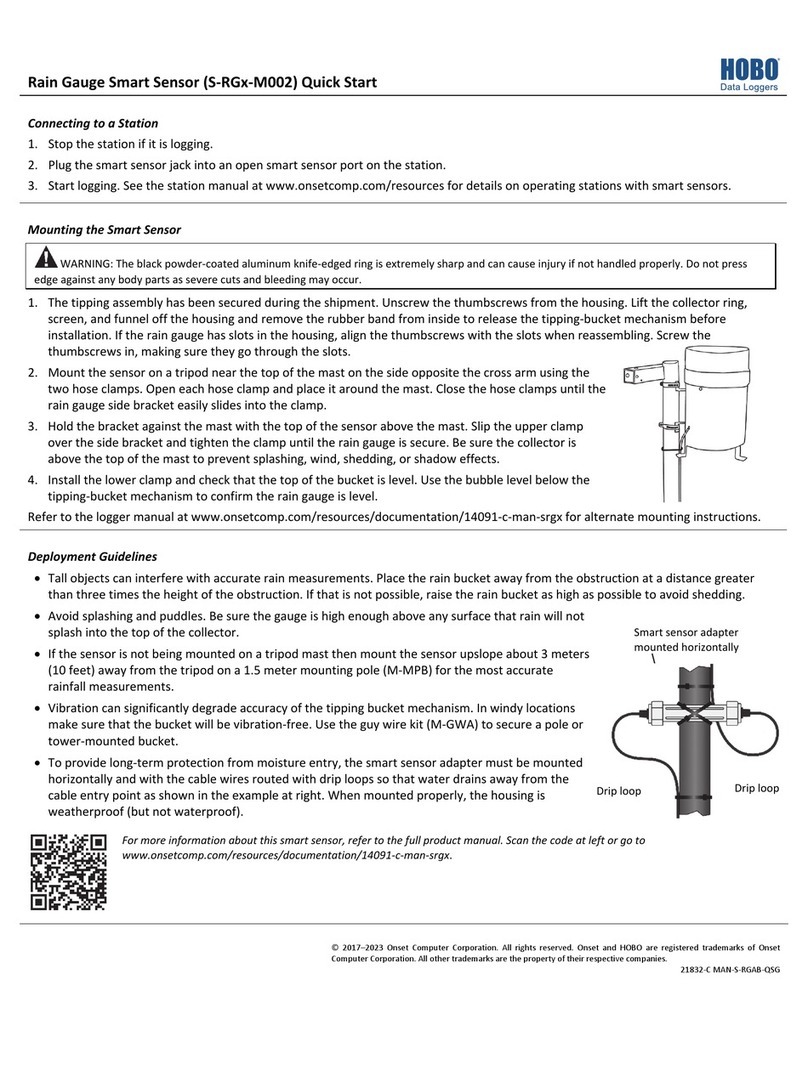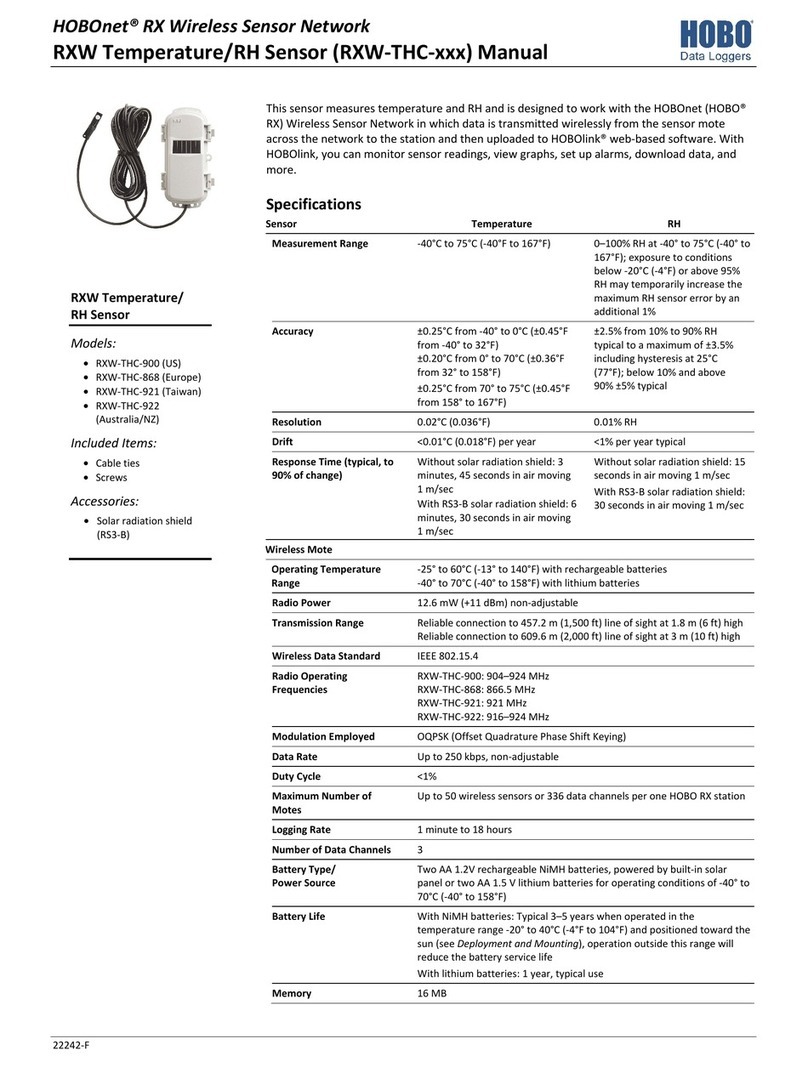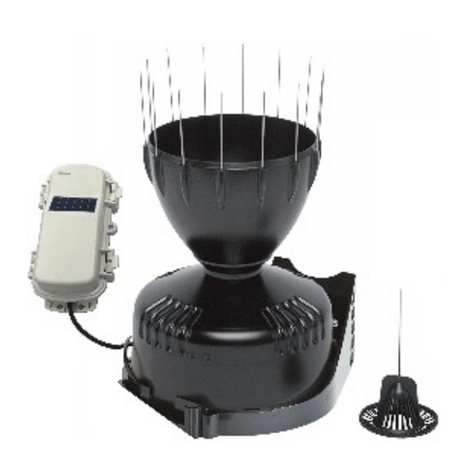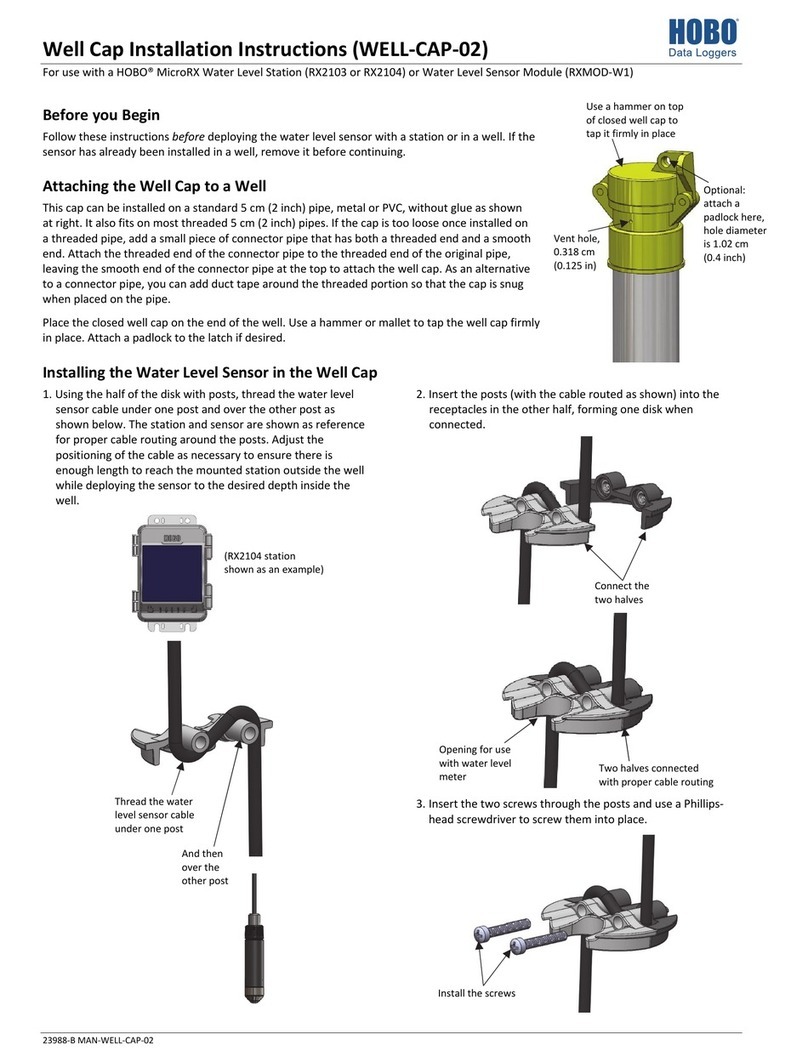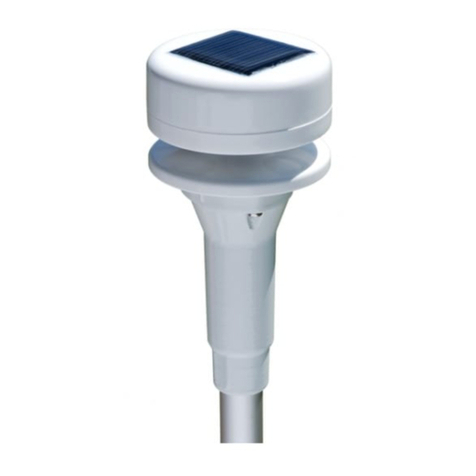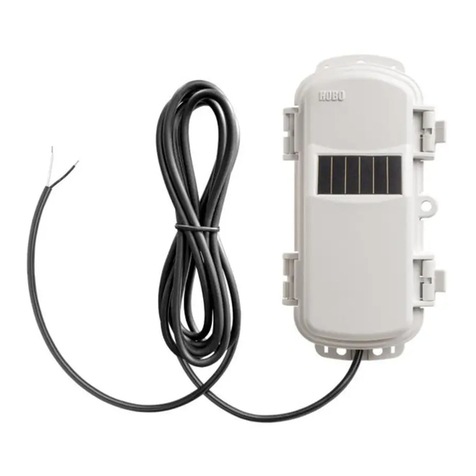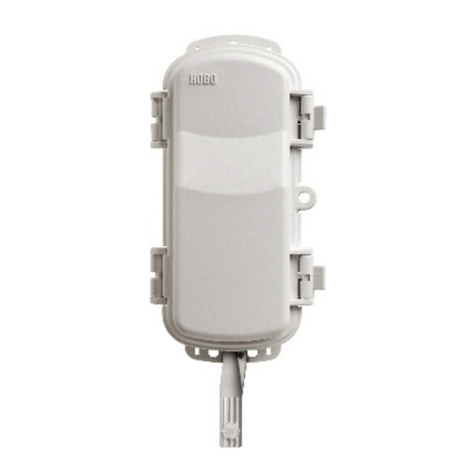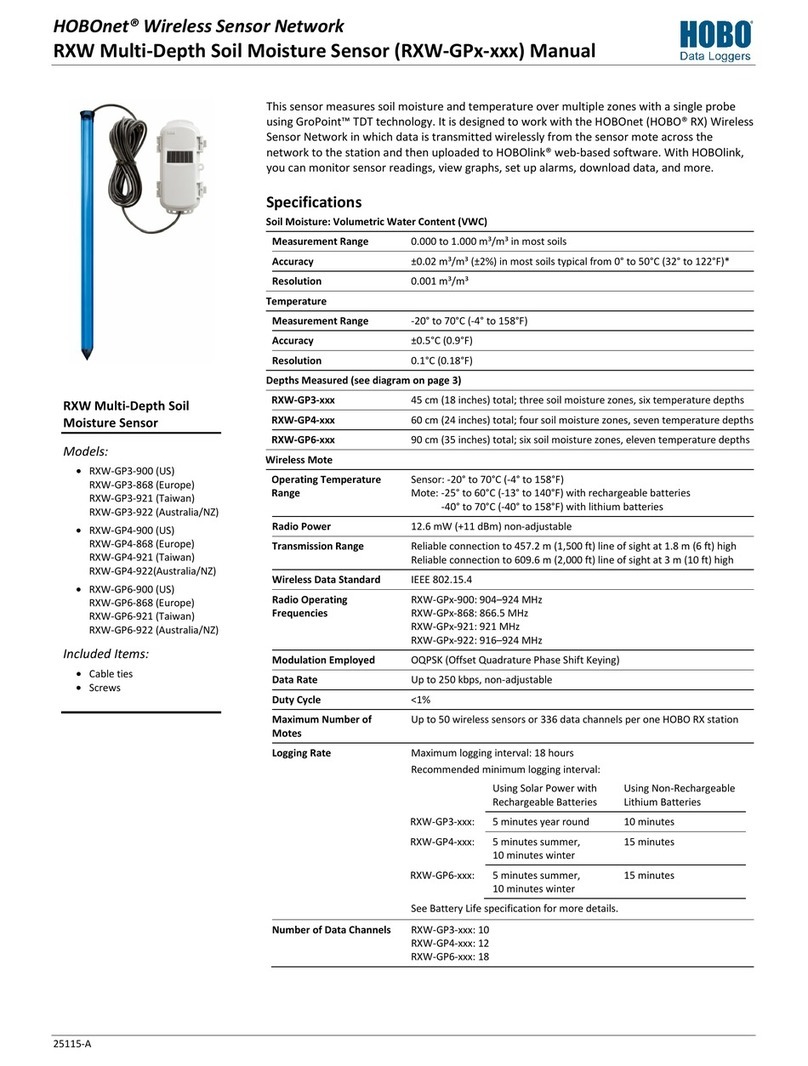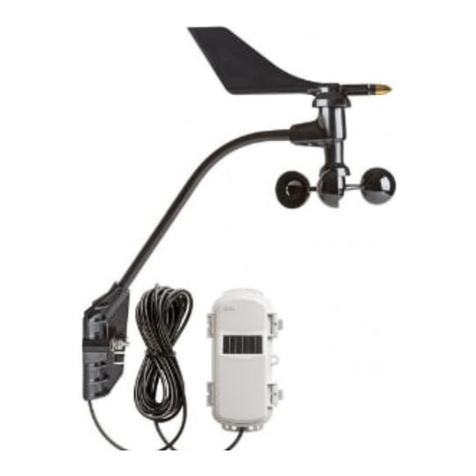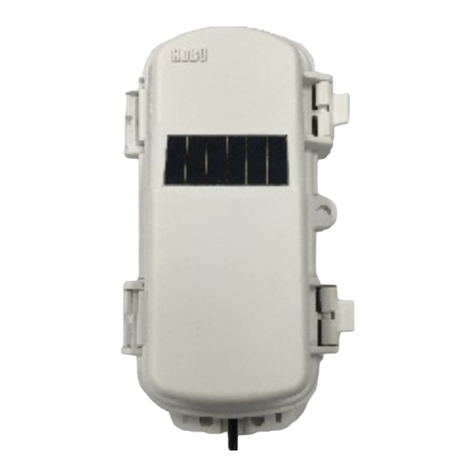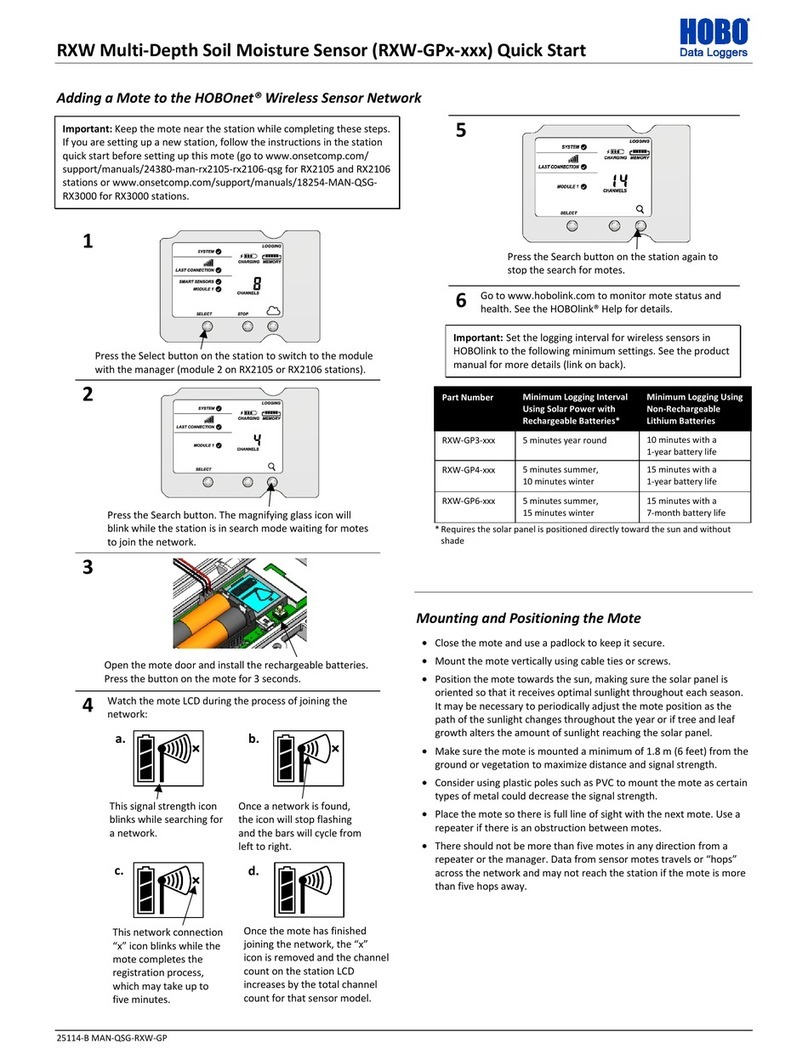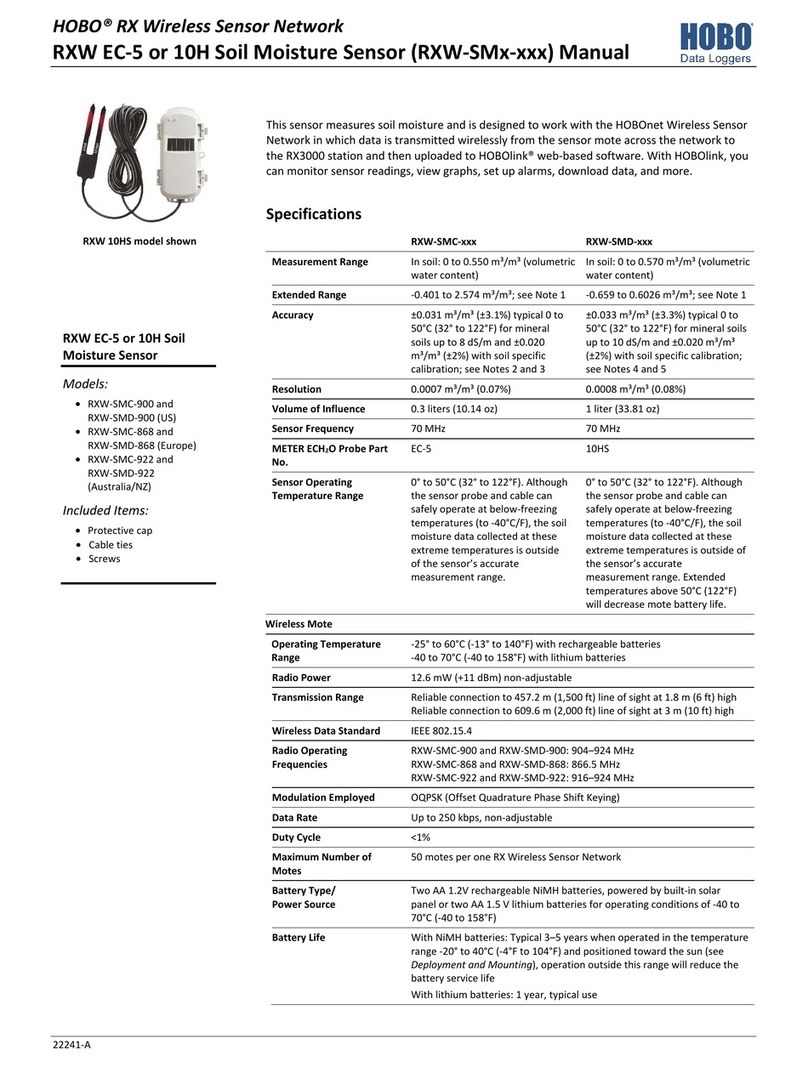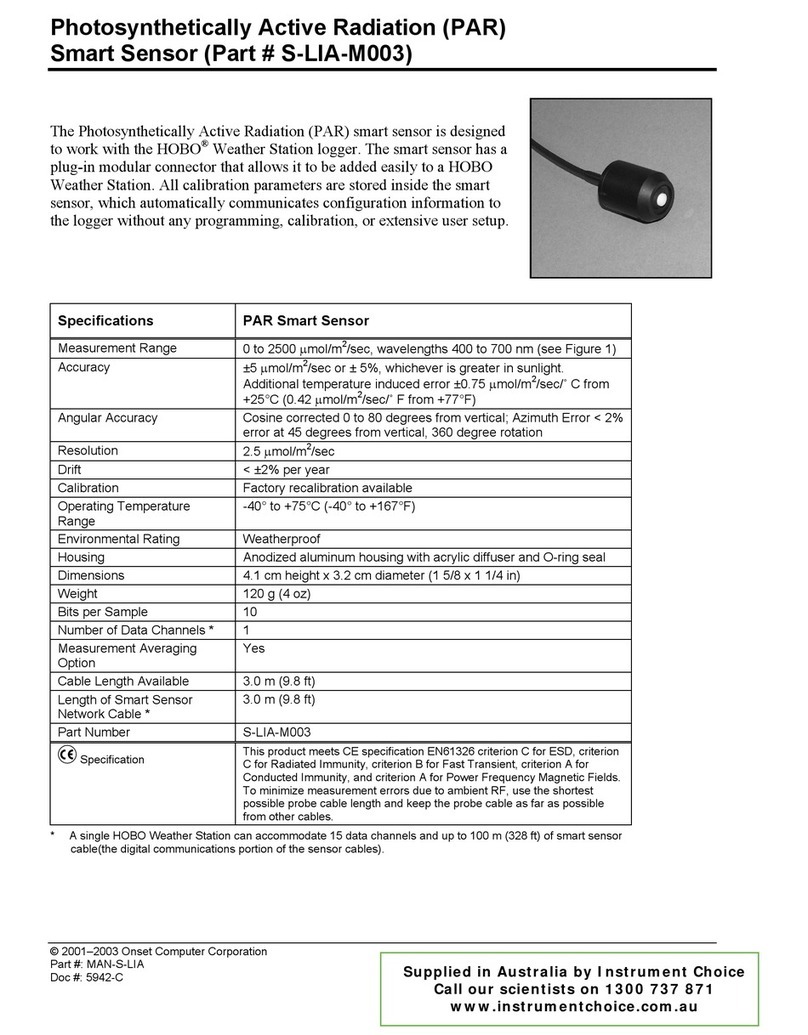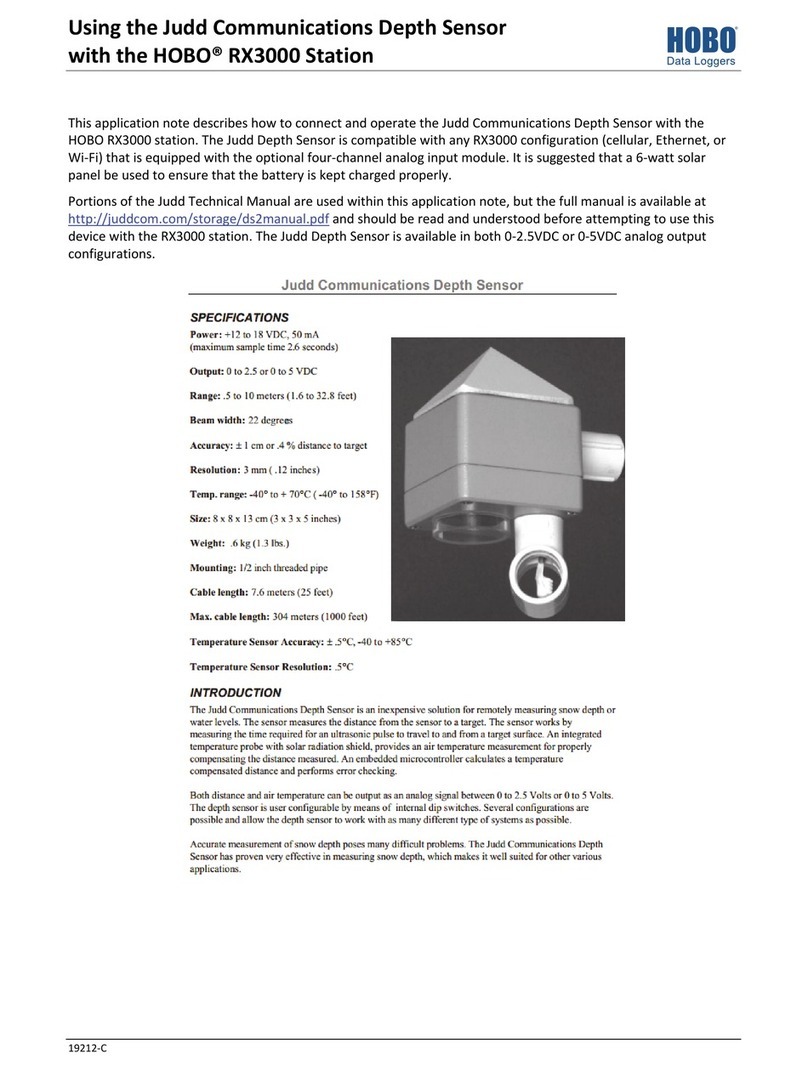
PAR Smart Sensor (S-LIA-M003) Manual
© 2001–2020 Onset Computer Corporation. All rights reserved. Onset and HOBO are trademarks or registered
trademarks of Onset Computer Corporation. All other trademarks are the property of their respective
companies.
Connecting the Sensor to a Station
To connect the sensor to a station, stop the station from
logging and insert the smart sensor’s modular jack into an
available smart sensor port on the station. See the station
manual for details on operating stations with smart sensors.
Operation
The PAR smart sensor supports measurement averaging. When
measurement averaging is enabled, data is sampled more
frequently than it is logged. The multiple samples are then
averaged together and the average value is stored as the data
for the interval. For example, if the logging interval is set at 10
minutes and the sampling interval is set at 1 minute, each
recorded data point will be the average of 10 measurements.
Measurement averaging is useful for reducing noise in the data.
It is recommended that you use measurement averaging
whenever the PAR smart sensor is used in an area where the
light level can vary quickly with respect to the logging interval
(for example, under a partial plant canopy or during partly
cloudy conditions). Note that fast sampling intervals less than 1
minute may significantly reduce battery life. See the station
manual for more details about battery life.
Maintenance
Dust on the sensor will degrade sensor accuracy. Periodically
inspect the sensor, and if necessary, gently clean the diffuser
with a damp sponge. Do not open the PAR smart sensor as
there are no user serviceable parts inside.
Warning:DO NOT use alcohol, organic solvents, abrasives,
or strong detergents to clean the diffuser element on the light
sensor. The acrylic material used in the light sensors can be
crazed by exposure to alcohol or organic solvents. Clean the
sensor only with water and/or a mild detergent such as
dishwashing soap if necessary. It is recommended that you use
vinegar to remove hard water deposits from the diffuser
element. Under no circumstances should the smart sensor be
immersed in any liquid.
Verifying Sensor Accuracy
It is recommended that you check the accuracy of the PAR
smart sensor annually. The PAR smart sensor cannot be user-
calibrated. Onset uses precision components to obtain accurate
measurements. If the sensor readings are slightly different than
expected and you are using the sensor with an RX station, then
you can use scaling in HOBOlink to perform a linear adjustment
of the light sensor data to improve the accuracy. Use a light
meter to take readings that you can use to determine a
calibration factor to enter in HOBOlink. To do this:
1. Make sure the light meter is positioned at the same angle
to the sun (or other light source) as the sensor (e.g. point
the light meter straight up if the sensor is also pointing
straight up).
2. Temporarily set the logging interval for the sensor in
HOBOlink to 1 minute and Save.
3. Press the Connect button on the station.
4. Press the Start button if the station is not logging.
5. Make sure the station logs for at least 5 minutes so that
there is a series of at least 5 readings (1 every minute). Note
the light meter readings over the same time.
6. Divide the average light meter reading by the average PAR
sensor reading to determine a calibration coefficient.
7. In HOBOlink, go to the device page and click next to the
sensor and enable scaling.
8. Enter the calibration coefficient from step 6 in the
Multiplier field and leave the Offset field blank.
9. Fill in the Scaled Units with your preferred units, such as µE
or µmol/m2/sec. Type PAR in the Scaled Measurement Type
field.
10. Save the changes.
11. Change the logging interval back to your preferred rate.
If the smart sensor is not providing accurate data even after the
adjustment for scaling, then it may be damaged or too far out
of calibration.
www. .com information@itm.com1.800.561.8187
